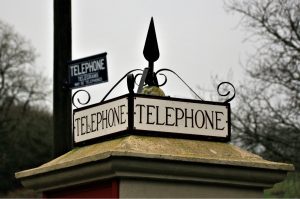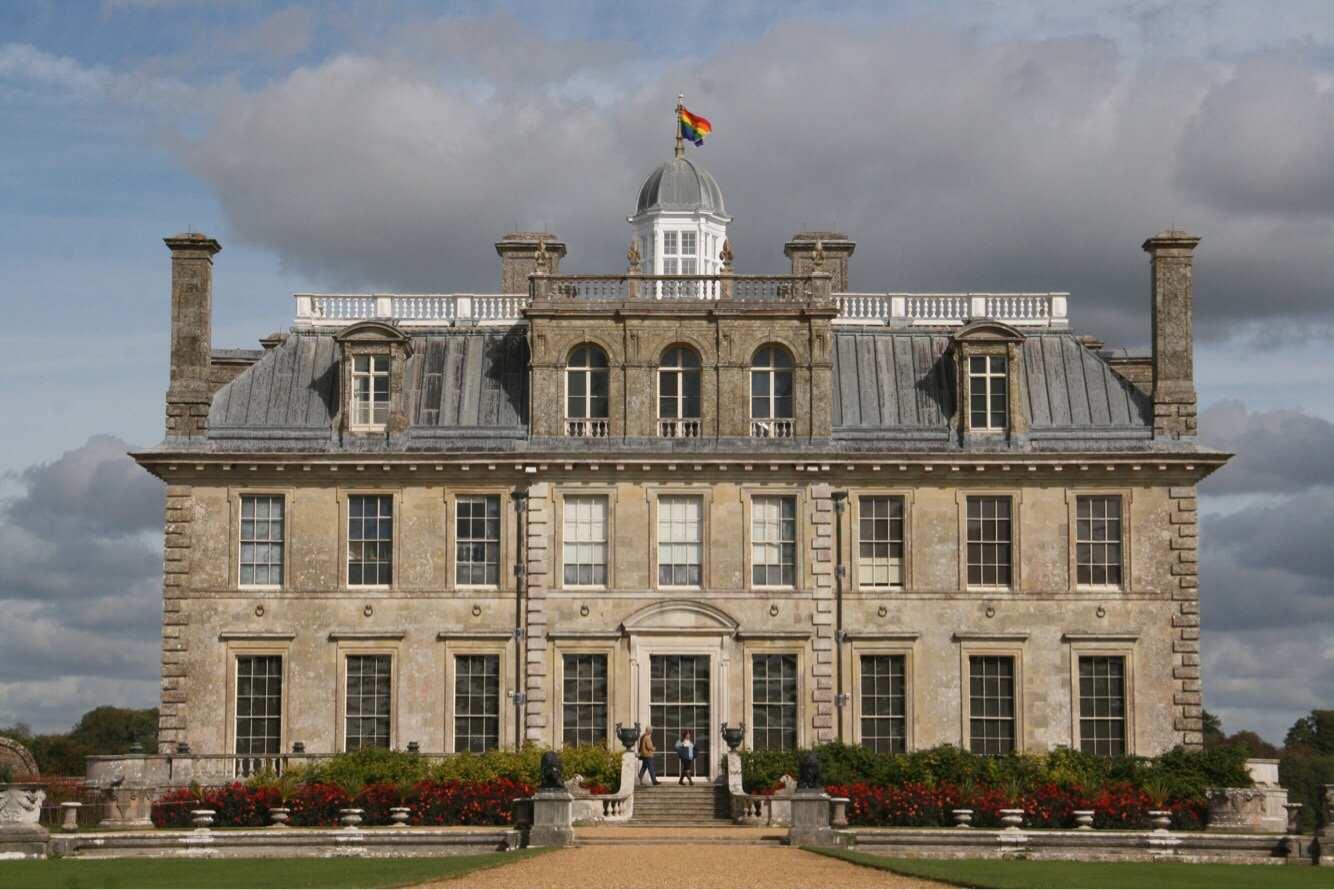My latest meanderings take me less than 6 miles down the road to arguably one of the England’s finest towns, Sherborne. Located so close to my current home, it’s crazy to think that I haven’t blogged about this place sooner. Living so close, it has always been a destination that I am proud to show friends and family when they visit me. The town has everything.
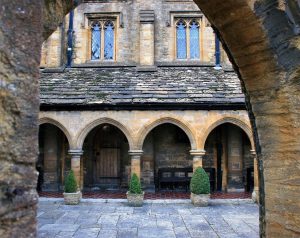
Located in northwest Dorset, superb Sherborne is a beautiful market town with a combination of buildings that reflect its history, education, culture, shops, art, antiques and religion. The town is built around an abundance of brilliant medieval buildings. These are interspersed with more modern buildings around the town. The high street is a mixture of these old and new buildings. This main street is lined with charming cafes, attractive and independent shops, which make for, based on my limited knowledge of English towns, a uniquely thriving town centre. My friends and family members love the shops and the market when it is in town. The pedestrianisation of the main high street (most of the time) also adds to this love affair. At the heart of the town, and perhaps the jewel in Sherborne’s crown, is the Abbey. A case could be made for this being even biggest jewel in the whole of the land. That of course is up for debate!
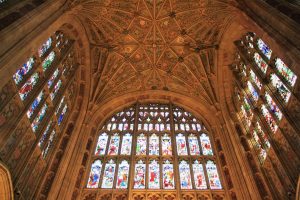
Initially built as a Saxon cathedral, the abbey has been standing for over 800 years. The magnificent medieval structure is a sight to behold. Sometimes referred to as ‘Dorset’s Cathedral’, its ochre-coloured hamstone makes for a vivid view as you stare in awe. As brilliant, or more so, on the inside as on the outside it reminds me of the saying ‘that true beauty is on the inside’. A step inside not only confirms that statement but adds evidence to that whole argument. A frequently heard word by all accounts, and one that was used as I entered. Recently is “WOW”!!!! Perhaps it’s the best way to react on sight of the fan vaulted ceiling. Everyone stands almost awe struck as they look up. Even upon entering for the umpteenth time, I still take a moment to appreciate the splendour of this remarkable architectural achievement. What was once a Saxon cathedral, then a Benedictine abbey and now is a parish church under the auspices of the Church of England, this place offers oodles of fascination and history with the changes throughout time and the associations adding a layer of intrigue. The current beauty and peace within perhaps do not reflect its historic, turbulent past. The fact that it has survived prompts the question why considering our country’s chequered past. Remember the majority of abbeys were destroyed during the reign of Henry VIII. Perhaps the main reason Sherborne’s Abbey is still standing in all its glory is because George Digby provided a lot of cash for the renovations of the 19th Century. A memorial to commemorate this is situated in front of the abbey.
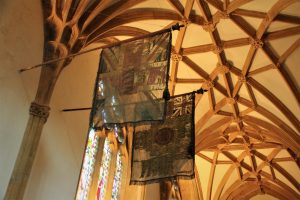
A little further from the centre of town is some more of the previously mentioned medieval architecture that the town boasts. It doesn’t have just one castle but two! The old castle, a 12th century effort built by the former chancellor of England and bishop of Salisbury is now a romantic ruin. It made its way into the hands of Sir Walter Raleigh after he fell in love with the area on a trip from Plymouth to London. He tried to renovate the old castle but failed and instead he built a Tudor mansion for guests in 1594 which is now referred to as the New Castle and home of the Digby family since 1617. The old castle became ruins after two sieges during the 17th civil war.

Sherborne school is one the country’s great public schools. Its original name was King Edward VI boys’ School. It was founded during the reign of Edward VI in 1550 and built on the remains of the abbey. Its proximity to the abbey this day is evident when exploring the abbey. We are lucky enough to have education for all in this country and that wasn’t always the case. Mr Kenelm Wingfield Digby, a resident of Sherborne Castle, decided that a girls’ school, similar to the long established boys’ public school was needed in the town in 1898. This second school was finally opened in 1899. Over 100 years on I was lucky enough to work with school for a number of years.

I hope that my next visit to Sherborne isn’t as tour guide to friends and family but is just down to the sheer love and fascination of this town. There is probably so much more to discover than what I have mentioned in the above……..until next time………
Sherborne, England, United Kingdom




